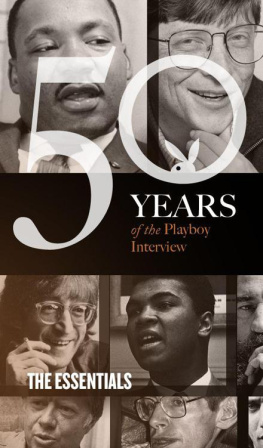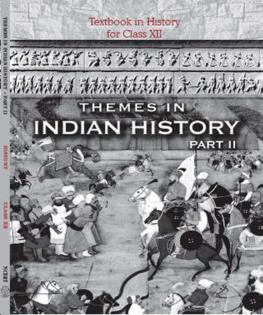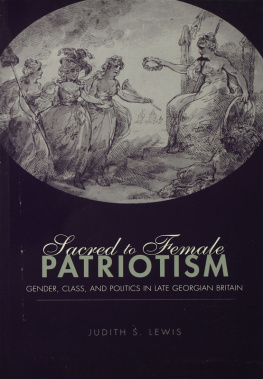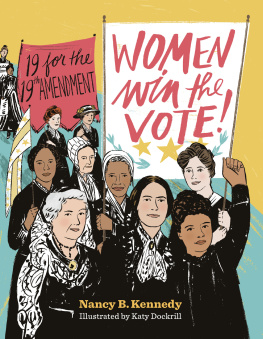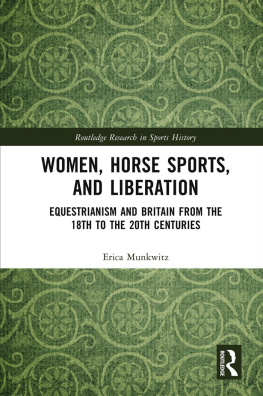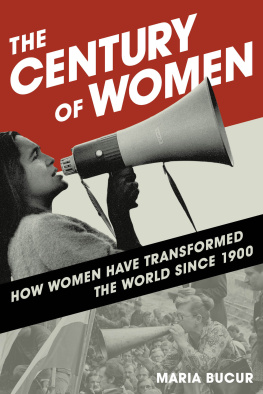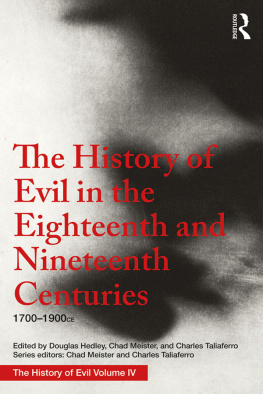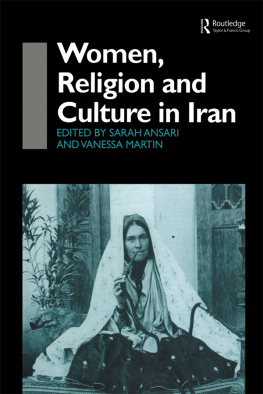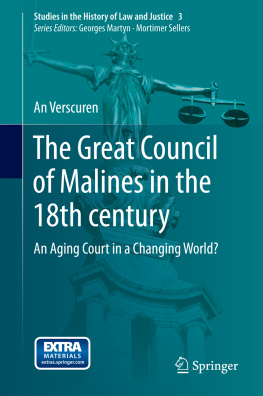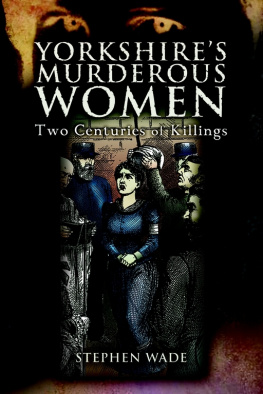WOMEN WHO KILLED
MURDEROUS WOMEN FROM
THE 18 TH & TH CENTURY
By
VARIOUS
Copyright 2020 Read & Co. History
This edition is published by Read & Co. History,
an imprint of Read & Co.
This book is copyright and may not be reproduced or copied in any
way without the express permission of the publisher in writing.
British Library Cataloguing-in-Publication Data
A catalogue record for this book is available
from the British Library.
Read & Co. is part of Read Books Ltd.
For more information visit
www.readandcobooks.co.uk
Contents
THE RELATIONS OF WO MEN TO CRIME
By Ely V an De Warker
MARY BLANDY
THE LOVE PHILTRE
CHARGE TO THE JURY
MRS. MARGARET CAROLINE RUDD
THE UNFORTUN ATE BROTHERS
MARY LEFLEY
HOW M URDERERS DIE
MARY LEFLEY
MARY LAMB
MARY LAMB
LIZZIE BORDEN
DISCOVERY OF THE MURDERS
POLICE SEARCHING THE PREMISES
MISS LIZZIE BOR DEN ARRESTED
FLORENCE ELIZABETH MAYBRICK
BEFO RE THE TRIAL
MY ARREST
A PRISONER IN MY OWN HOUSE
AT WALTON JAIL
ALONE
THE CORON ERS INQUEST
A PLA NK FOR A BED
THE VERDICT OF THE CO RONERS JURY
THE DOCT ORS DISAGREE
LETTERS FROM WALTON JAIL
LORD RUSSE LLS OPINION
THE PUBLIC CONDEMN S ME UNHEARD
MARY ELEANOR WHEELER
MARY ELE ANOR WHEELER
MARY ANN BRITLAND
MARY ANN BRITLAND
ELIZABETH BERRY
FROM THE MURDERERS P OINT OF VIEW
ELI ZABETH BERRY
Illustrations
Mrs. Blandy
The Divinity Sch ool, Oxford.
Mrs Margaret C aroline Rudd
Mrs. Margaret Caroline Rudd at the Bar of th e Old Bailey
Mary Lefley
The Late Dr. Helen Densmore An American advocate of Mrs. Maybrick s innocence.
Lord Charles Ru ssell, Q.c.,
Mrs. Pearcey
M rs. Britland
Mrs. Berry
THE RELATIONS
OF WOMEN TO CRIME
By Ely Van De Warker
I
THE first traditional crime, the fratricide of Abel, was a natural outgrowth from the conditions of society, which, compared to the present relations of civilized men, existed germ-like around him. These conditions alone gave motive and direction to the deed. To all the after-centuries of human crime this primal offense has existed as a type. Both in cause and effect it is reduced to its simplest proportions. The criminal represents the retrograde tendency of society; the savagism which exists in every community. Order and progress are preserved by an irrepressible conflict waged on the border-land, as it were, of civilization. Many of these crimes grow out of the artificial wants of society. Others are but relative and belong to particular conditions, or orders of men, and at other times and places are without meaning and void of offense. Thus society is ever eager for the warfare, and, at the time it creates the crime, prepares the weapons for its punishment.
The propensity to crime is a fixed element in human nature. Quetelet, whom I have frequently referred to in the course of these papers, has with singular sagacity and perseverance reduced the social relations of man nearly to an exact science. The dark and tortuous by-ways in life, which so many seem perforce to follow, arrange them-selves with the regularity of geometrical lines under the clear illumination of his analysis. Yet these are surface-lines only. There are profound depths of human misery and crime, over which a veil seems drawn by a merciful hand, and in which we have but a suspicion of the force of law. But, in these depths, in which the terminal fibres of human relations find soil and sustenance, can be found the origin of the ordinances under which these surface-lines are grouped. If this he so, it follows that crime must be studied as a natural phenomenon rather than as an accident. Those efforts which society has made to stamp out and confine this tendency to evil must, to an equal extent, spring from higher law; just as a breakwater is reared to protect an exposed harbor from the encroachments of sto rm and wave.
We have of late years come to look upon criminals as a special class of the community. We have come to complacently call them the "criminal class," just as we do the mercantile class or any other reputable order of men. This is so far true as to be capable of proof more by the exceptions than the rule. We have come to look upon crime as we do the typhus fever or the cholera, as prevailing mainly amid dirt and ignorance. I believe this to be true only so far as ignorance permits those good qualities in men to be undeveloped which require culture for their development; and the existence of such qualities has not as yet been demonstrated. It must be understood that while the word "ignorance" does not express a positive quantity, it yet expresses a positive quality which is true of the mass of people. This word with perfect fairness may be applied to the vast numbers which swell the aggregate of a census-table, without any qualification. I believe it can be shown that it is simply from excess in numbers that the ignorant classes furnish the recruits to the ranks of crime, and not from any tendency to crime dependent upon the negative quality of ignorance. A careful analysis of facts in this field induces Mr. Buckle to say that "the existence of crime, according to a fixed and uniform scheme, is a fact more clearly attested than any other in the moral history of man." Another high authority may be quoted in evidence to prove that this scheme is exempt from those laws which govern intellectual development: "It is one of the plainest facts that neither the individuals nor the ages that have been most distinguished for intellectual achievements have been most distinguished for moral excellence, and that a high intellectual and material civilization has often coexisted with much depravity."
All this seems to show us that there is a rhythm in human actions that forms a minor chord in the forever unwritten music which those who love Nature know as existing profoundly in al l her works.
Since we are dealing with an element in human character which preserves a fixed value, it is evident that we may study the relation of any class in any community to these constantly-recurring phenomena, provided we can isolate this class from all others. In the study before us, this has already been done by the division of mankind into the sexes. I need draw no other line. Women stand out so clearly as a class, and, in relation to any series of acts which preserve a more or less constant periodicity, are so sharply defined from man, that they are easily contrasted with him in relation to any condition com mon to both.
I have already called attention to the fact that intellectual development obeys other laws than those which relate to crime. This requires to be brought out more clearly in relation to women. In this age women are receiving more chivalric attention, more material respect, than in any other known to history. In this century they are accorded the full right, and are given the aid of some of the best intellects among the other sex, to adjust those wrongs under which they have labored for ages. They are identified with every scheme of love and purity which demands good motives and a sympathy that never slumbers. It is for this reason, then, that, when we associate women with the idea of crime, it is difficult to believe that they are not influenced by other laws than those which affect men. There is nothing in a brawny hand and coarse muscle which tends to evil. The hand which executes may be white and begemmed. The mind which plans may be cultivated and refined.




